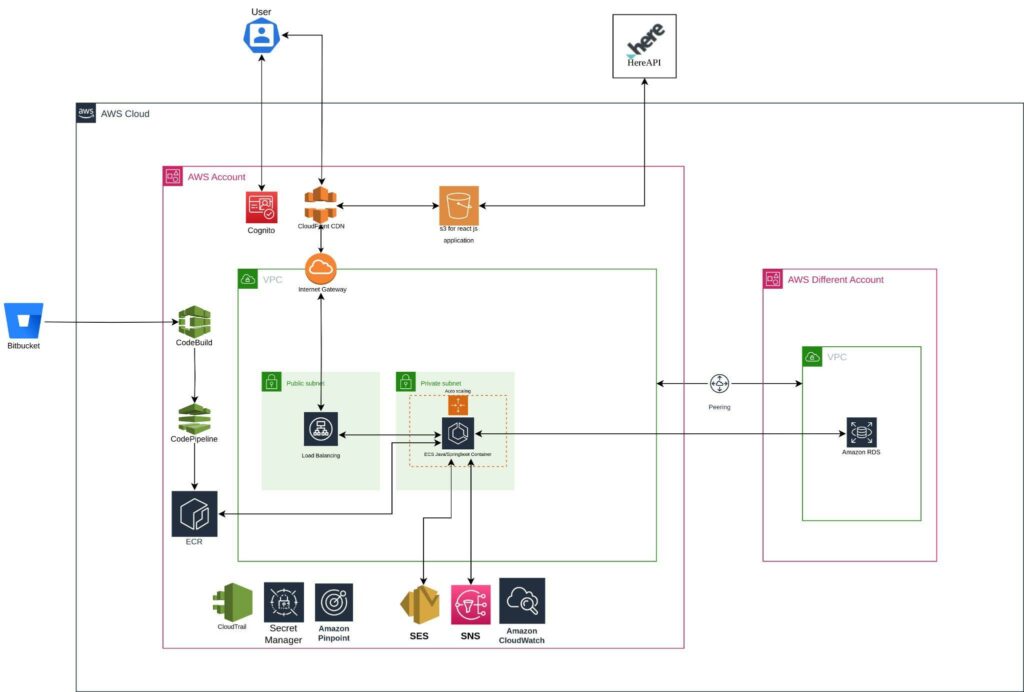VTP Glovis: An advanced portal to track finished vehicle delivery and fulfillment
Category: Freight and Logistics
Services: Managed Engineering Teams, AWS Supply Chain solution, DevOps, Cloud Architecture Design and review
Category: Freight and Logistics
Services: Managed Engineering Teams, AWS Supply Chain solution, DevOps, Cloud Architecture Design and review

Glovis America, Inc. is part of the Hyundai Glovis Group, a global logistics and distribution company headquartered in South Korea. It primarily focuses on port processing and logistics of finished vehicles.
